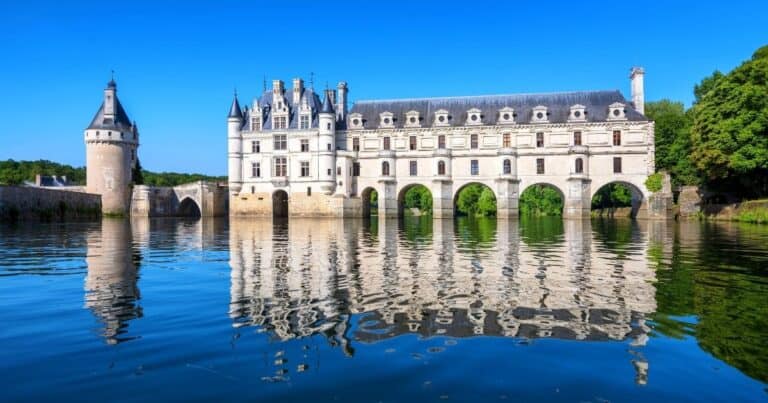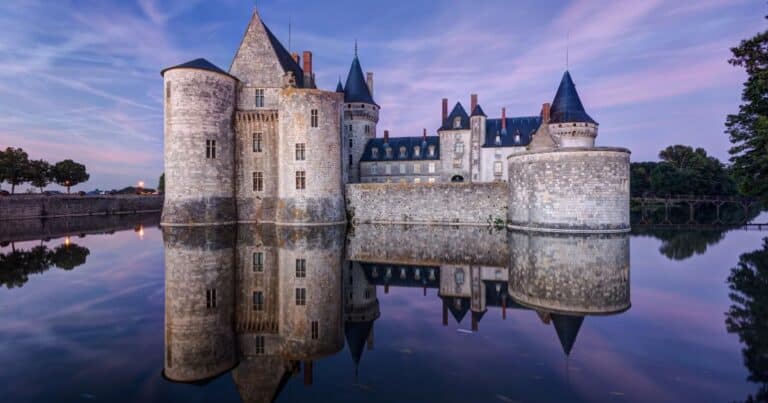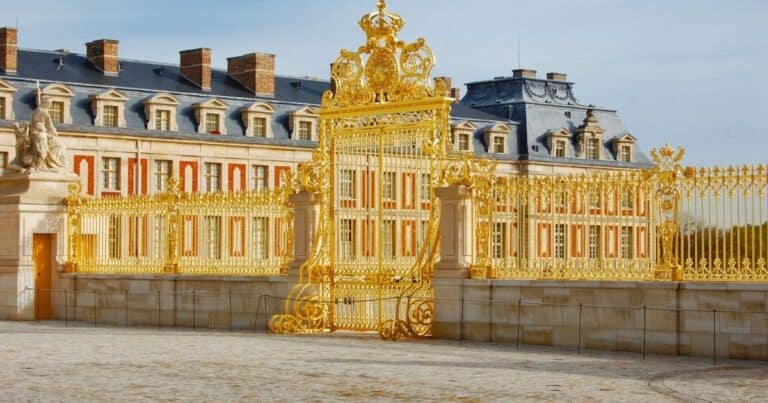Château de Chambord: The Renaissance Crown of the Loire
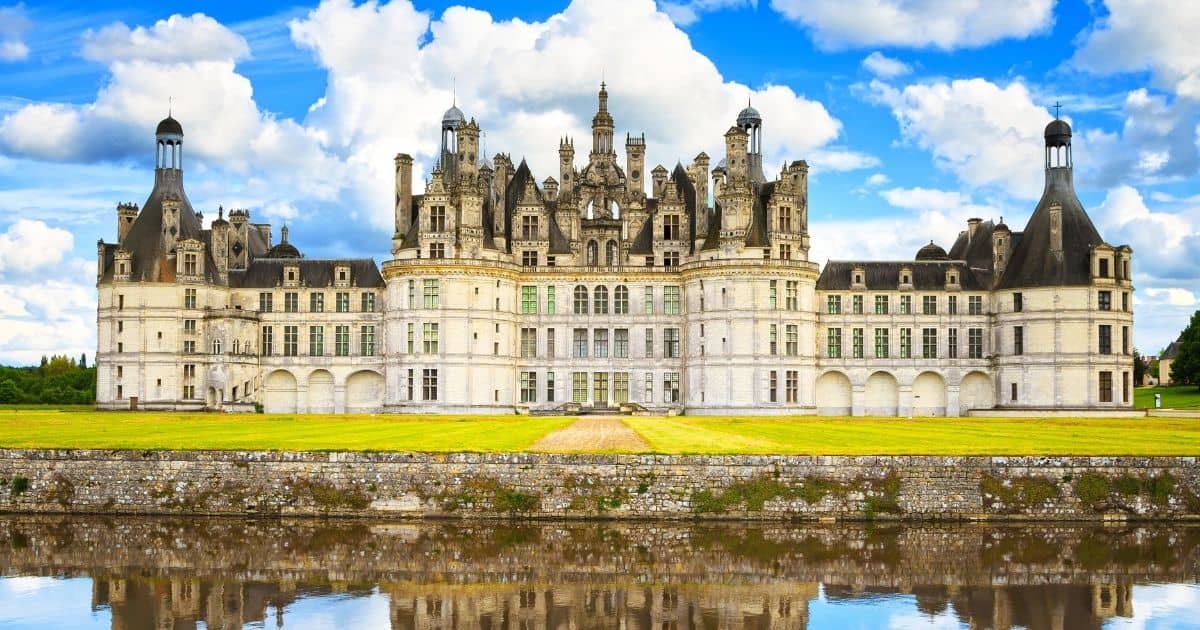
Château de Chambord stands as the crown jewel of the Loire Valley, capturing the essence of Renaissance innovation and royal grandeur. Known for its unmistakable silhouette and intricate design, it represents the apex of French Renaissance architecture.
Declared a UNESCO World Heritage site, Chambord’s importance goes beyond its beauty—it’s a symbol of royal ambition and artistic mastery. This castle, built for both pleasure and power, offers visitors a glimpse into the opulence of 16th-century France.
Contents
Key Takeaways
- Château de Chambord is a prime example of French Renaissance architecture, showcasing its grandeur and intricate design.
- Located in the beautiful Loire Valley, the château is a must-visit tourist attraction and a UNESCO World Heritage Site.
- Commissioned by King Francis I as a hunting lodge, Château de Chambord is a testament to the opulence and architectural innovation of the era.
- Leonardo da Vinci’s influence can be seen in the unique features of the castle, including the mesmerizing double-helix staircase.
- As one of the most recognizable landmarks in the Loire Valley, Château de Chambord offers visitors a glimpse into the rich history of French royalty and the beauty of French architecture.
Historical Background
Commissioned by King Francis I in 1519, Château de Chambord was initially a grand display of the king’s wealth and power. Although it began as a hunting lodge, the castle quickly became a symbol of Renaissance elegance.
The castle’s connection to Leonardo da Vinci, who served as a mentor to the king, is evident in its innovative design elements, including the double-helix staircase. Throughout history, Chambord was both a royal residence and a place of abandonment, with restorations bringing it back to life in the 19th century.
Da Vinci’s Influence: Although Leonardo da Vinci passed away before the castle’s completion, his architectural influence is undeniable. The famous double-helix staircase, with its clever design, and the castle’s symmetry are thought to be inspired by his sketches and concepts.
Architecture & Design
Château de Chambord is celebrated for its grand scale, unique blend of Gothic and Renaissance styles, and intricate details. The castle’s central keep is surrounded by four corner turrets, reflecting both the defensive style of medieval castles and the aesthetic focus of the Renaissance. The façade, with its decorative stonework and ornate chimneys, is a feast for the eyes, while the rooftop terraces provide a maze of columns and chimneys that create a village-like appearance.
Architectural Highlights:
| Feature | Description |
|---|---|
| Double-Helix Staircase | An architectural marvel that intertwines two staircases, allowing independent paths. |
| Rooftop Terraces | Over 800 sculpted chimneys and columns provide a stunning view of the Loire Valley. |
| Royal Apartments | Opulent rooms showcasing Renaissance décor and royal history. |
| Central Keep | A fortified tower with symmetrical turrets, representing Chambord’s balance of power and beauty. |
| Moat and Walls | Decorative rather than defensive, emphasizing the Renaissance’s focus on aesthetics. |
Chateau de Chambord Interior
The interior of Château de Chambord is as awe-inspiring as its exterior. With over 400 rooms, 282 fireplaces, and 77 staircases, the sheer scale of the castle is astonishing.
Visitors can explore the royal apartments, each adorned with period furnishings, tapestries, and elaborate décor. The grand halls and ballrooms echo with the opulence of France’s Renaissance period, making it a favorite among history enthusiasts and architectural admirers alike.
Notable Figures & Events
These are some historically notable figures and events tied to Château de Chambord:
- King Francis I: Commissioned the construction of Chambord in 1519 as a symbol of his power and love for hunting.
- Leonardo da Vinci: Though he died before construction began, his architectural concepts heavily influenced the castle’s design, particularly the double-helix staircase.
- King Louis XIV: The Sun King held grand hunting parties at Chambord and made modifications to the castle.
- Molière: The famous playwright performed his comedic plays for Louis XIV at Chambord in the 1660s, including Le Bourgeois Gentilhomme.
- Marshal Maurice de Saxe: The 18th-century military leader resided in Chambord during his tenure as Governor-General of Alsace, making some additions to the estate.
Chateau de Chambord Legacy & Tourism
Château de Chambord is renowned for its iconic features that make it instantly recognizable among the Loire Valley châteaux. Despite its unfinished state, the castle continues to attract visitors from all over the world. The turreted rooftop, reminiscent of a quaint French village, adds to its charm and allure.
One of the most notable attractions inside the castle is the double-helix stone stairway, a true masterpiece of architectural ingenuity. This unique staircase intertwines two separate spiral staircases in a harmonious design, allowing visitors to ascend and descend without ever crossing paths.
The castle’s location in the picturesque Loire Valley further enhances its appeal. The stunning natural surroundings and enchanting landscapes create a captivating setting that perfectly complements the architectural grandeur of Château de Chambord. It’s no wonder that this historic site has become a must-visit destination for travelers seeking a taste of French history and culture.
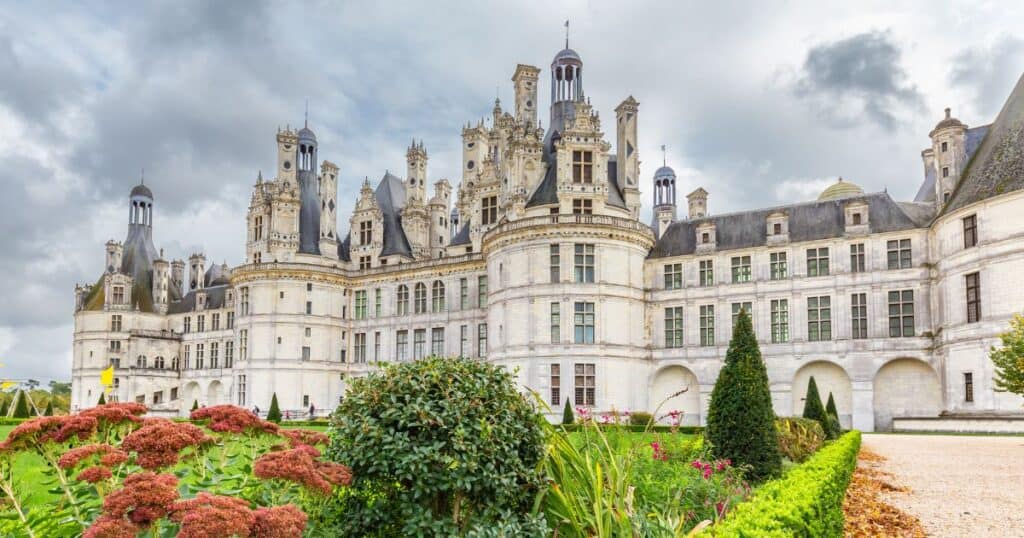
Chateau de Chambord Visitor Information
- Opening Hours: Open year-round; typical hours are 9 AM – 6 PM, with longer hours in the summer. Hours can change, however, so be sure to check official sources before visiting. Note that holiday closures or altered hours may apply.
- Tickets: Entry costs €14 for adults, with discounts for seniors, students, and children. Audio guides are available for an additional fee.
- Getting There: Easily accessible from Blois (20 km away) via bus or car, with ample parking available on-site.
Recommended Chateau de Chambord Tours
You’ll get the most out of your visit to Chateau de Chambord if you take a tour. There are lots of options available. And why not Skip-the-Line while you’re at it?
Recommended Tours and Top Things To Do In Chambord
Where To Stay Nearby
There are some hotels near Château de Chambord if you want to stay in the vicinity.
Check here for the best pricing on these recommended hotel options. You might even find yourself staying in a chateau!
Visiting From Paris
A day trip to Château de Chambord is easy from Paris. Trains from Gare d’Austerlitz go to Blois, where you can connect via a short bus ride or taxi to the castle. Consider pairing your visit with nearby châteaux for a comprehensive Loire Valley experience.
Did You Know?
- The double-helix staircase was designed to allow two people to ascend and descend without meeting—perfect for royal intrigue!
- Château de Chambord is the largest château in the Loire Valley, covering over 13,000 acres.
- King Louis XIV once hosted lavish hunting parties here, solidifying its place as a royal retreat.
Additional Tips For Visitors
- Best Time to Visit: Late spring or early autumn, when the weather is pleasant, and crowds are fewer.
- Accessibility: Some areas are accessible to visitors with limited mobility, including the gardens.
- Nearby Attractions: Consider visiting Château de Cheverny, Château de Blois, or other nearby sites in the Loire Valley.
Conclusion
Château de Chambord remains one of the most impressive castles in Europe, offering visitors an opportunity to step back in time and experience the splendor of the Renaissance.
Whether you’re a history buff, architecture enthusiast, or simply a lover of grand estates, visiting Chambord is a journey into the past. Explore the grounds, take in the stunning architecture, and make memories in one of the finest castles in France and certainly one of France’s greatest landmarks.

